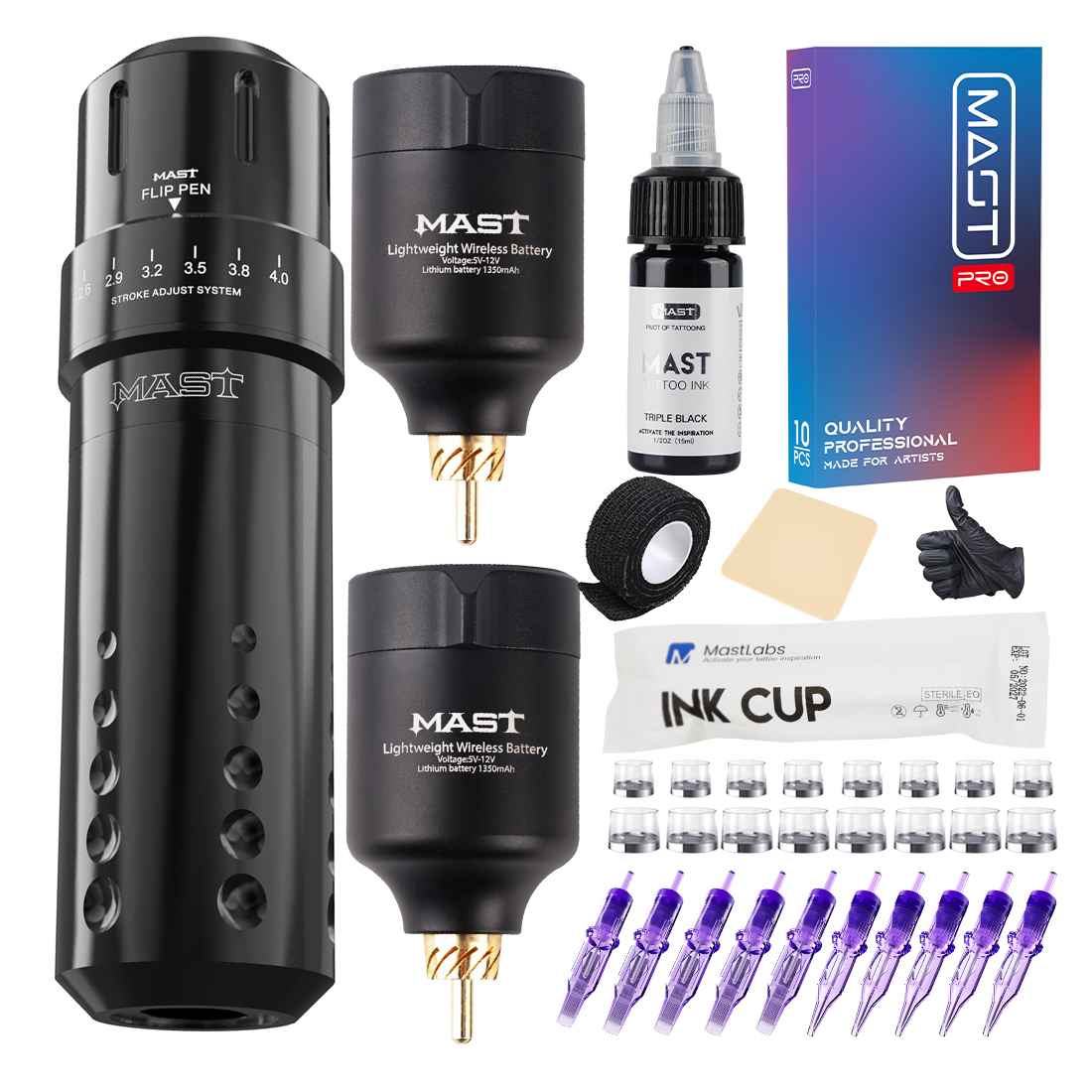Can architects have tattoos? Let’s explore this question. Architects with tattoos confront outdated stigma in a traditionally conservative field. However, as body art gains mainstream acceptance, attitudes shift.
Most firms now impose few tattoos restrictions. Discretion around clients still applies but inked architects primarily prove themselves through creative vision and technical skill, not image.
Overview of Architect Tattoos
– No laws prohibit licensed architects from having visible tattoos or piercings while practicing.
– Professional architecture organizations have no enforced personal appearance standards.
– Clients and builders may judge tattooed architects as less credible or serious, especially on high profile commercial projects.
– Inking facial or throat areas often remains taboo due to deep stigma. Hand tattoos also face pushback.
– Discretion advised on size and content for client-facing interactions and job interviews.
– Overall, skilled architects overcome outdated biases through strong portfolios and communication.
With prudence, most architects now express themselves creatively through body art without career obstacles.
Also Read: Can Nuns Have Tattoos? When Faith Meets Ink
Are Tattoos Allowed in Architecture School?
– No architecture programs forbid students from having visible tattoos or piercings on campus.
– Occasionally professors demonstrate personal bias against tattooed students during critiques or group assignments.
– Strong academics, portfolio work, and professionalism eclipse any stigma. Focus on skill building.
– Some schools promote progressive appearance standards aligned with architectural creativity.
– Avoid racier themes that faculty could perceive as undermining design judgment.
– Prepare for the range of studios, employers and clients post-graduation through versatile presentation.
Ink should not dictate or deter pursuing an architectural education. Showcasing design capabilities remains priority.
Licensure Policies for Tattooed Architects
Importantly, tattoos do not prevent architects from securing proper licensure:
– No U.S. architecture licensing boards prohibit visible tattoos or piercings among registered architects.
– The National Council of Architectural Registration Boards has no conduct codes restricting appearance.
– Tattoo status bears no relevance to completing required architecture experience hours for licensure.
– Having a tattoo does not jeopardize sitting for the Architect Registration Exam.
– Joining the American Institute of Architects as a member likewise has no appearance requirements.
Rest assured a passion for body art won’t impede your professional credentials as an architect.
Also Read: Can a Real Estate Agent Have Tattoos? [Unmasking the Truth]
Firm Policies on Architect Tattoos
While licensure is no obstacle, individual firm policies vary:
– Most corporate architecture firms prohibit offensive tattoos and facial piercings but otherwise permit discretionary body art.
– Reserved historic firms skewing toward elite clientele often maintain conservative personal presentation policies.
– Trendy designers and progressive “starchitects” welcome tattoos and piercings as contemporary self-expression.
– Presentation matters more for client pitches and networking than in-office work. Covering may be requested accordingly.
– Visible hand tattoos, full neck pieces and facial work often still face prohibitions or stigmas.
Gauge firm culture carefully if expressing yourself through prominent tattoos to ensure the environment proves welcoming.
Client Perceptions of Tattooed Architects
– Acceptance varies greatly between different client demographics. Historic preservation boards, religious groups and major developers often demonstrate bias.
– Some clients are wholly indifferent to architect appearance and tattoos specifically. Design excellence and communication are priority.
– Tattooed architects sometimes have greater success connecting with youthful, artsy and counter-culture clients sharing their values.
– Overall, proving skills through portfolio work and attentiveness outweighs appearance. But expect some opportunities to face stigma.
– Architects display discretion and professionalism working with concerned clients to prevent misperceptions.
Skilled architects prove preconceptions wrong by focusing abilities over appearance.
Also Read: Can You Have Tattoos as a Teacher? It’s Not What You Think
Best Practices for Architects with Tattoos
To gain trust as an inked architect:
– Keep tattoo themes tasteful. Avoid potentially offensive images. Consider future career impact.
– Prioritize designs in discrete locations easy to cover like upper arms, back, torso and thighs.
– For client meetings, cover large obvious tattoos and piercings with formal business wear. Play it safe initially.
– During presentations, focus conversation on design capabilities and portfolio work rather than personal style.
– Prove professionalism through strong communication, organization, collaboration skills and expertise.
– Build rapport based on shared design values and listening attentively over preconceptions.
– When established, thoughtfully begin expressing yourself through tattoos leveraging earned reputation.
A reasonable, gradual approach to body art conveys serious creative intentions.
Hand, Face and Neck Tattoos as an Architect
Tattoos on highly visible areas require extra discretion:
– Many corporate firms prohibit hand, face and neck tattoos outright when meeting with clients and planning commissions.
– Permanent coverup makeup or wrist gloves discreetly mask hand tattoos when required.
– Visible finger tattoos may face less stigma than knuckles, palms or backs of hands. Place them thoughtfully.
– Avoid neck and facial tattoos early in your career when first establishing professional clout. Add later once licensed and respected.
– Heavily tattooed architects still exercise discretion when interacting with conservative stakeholders to keep focus on design work.
Prominently inked architects adapt presentation while staying true to personal style.
Also Read: Tats and Titles: Can a President Have Tattoos?
Discrimination Protections for Tattooed Architects
Legal considerations regarding tattoos on architects:
– No state architecture licensing boards prohibit visible tattoos or restrict firm policies on appearance.
– The Americans with Disabilities Act offers no protection for employees with tattoos alone.
– Without union contracts, private firms can dismiss noncompliant employee expression.
– Gender, racial, religious tattoos warrant protection against targeted discrimination claims.
– Firms must allow tattoo-covering clothing or makeup when reasonably possible as an accommodation.
However, basic personnel grooming policy freedoms make most tattoo restrictions legally permissible if consistently applied under at-will employment. Carefully vet policies of prospective employers for any concerns. Seek proper legal counsel surrounding unfair tattoo discrimination issues.
Building an Inclusive Firm Culture
Architecture leaders can cultivate progressive workplaces through:
– Focusing hiring and promotions on merit over personal appearance preferences.
– Updating codes of conduct centering abilities not conformity. Allow appropriate self-expression.
– Improving unconscious biases against groups stereotyped, like minorities, as tattooed in corporate culture.
– Equally supporting employees across the diversity spectrum.
– Providing open outlets for experiences of discrimination. Take concerns seriously.
– Celebrating creative self-expression. Host tattoo-friendly functions.
– Making candidates feel welcomed and valued regardless of image.
Inclusive policies that empower all qualified architects excel over outdated notions of “looking the part”.
Advice for Aspiring Tattooed Architects
Tattooed architects can still prosper through:
– Avoiding highly visible tattoos when job hunting, until establishing reputation. Play it safe initially.
– Mastering a polished, professional wardrobe covering tattoos for client pitches when needed.
– Researching local architecture firm cultures to find welcoming diverse personal styles during job searches.
– Joining progressive professional groups advocating for updated industry norms and standards.
– Speaking out against outdated biases through school and community platforms.
– Making meaningful client connections through personalized services not limited by appearance.
– Staying current on legal protections against unfair tattoo discrimination.
With resilience, passion, and wisdom, architects can thoughtfully express themselves through body art without impeding professional success.
Conclusion
We’ve been on the question, “Can architects have tattoos?” We’ve seen that although architecture retains historic conservatism, tattooed practitioners now commonly excel in the field.
By focusing on design excellence, strong communication and proving capabilities first, skilled architects overcome outdated biases.
Trends point towards relaxing industry norms as society modernizes. Archaic firm policies rightfully evolve from restricting appearance towards maximizing diverse talents.
With discretion, architects increasingly leverage creative tattoos as complementary to imaginative building design rather than impediments.
Passionate inked architects will continue shaping more progressive and inclusive architecture fields focused on empowerment and vision over conformity.
FAQs on Can Architects Have Tattoos
Should architects avoid hand tattoos?
They remain controversial for client presentations where expectations are traditional so use discretion. But hand tattoos flowing from your personal style flourish in progressive design firms. Values alignment matters most.
Do architects with tattoos struggle to land major commercial projects?
Potentially yes, as corporate builders and historic review boards skew conservative. But portfolios and manners eclipse tattoos over time. Read clients carefully and adapt discreetly when beneficial.
Can you succeed as an architect with a face tattoo?
It poses heavier obstacles currently though attitudes gradually shift. Heavily consider career implications and build professional credibility beforehand. Even then, some limitations persist.
Do architecture firms allow piercings beyond basic ear jewelry?
Most prohibit bold facial piercings and gauges. The norms remain conservative for now. Nose studs push comfort levels already. Choose wisely until policies modernize.
Are architects with tattoos and piercings judged as less professional?
Yes, research shows employers and clients rate visibly modified architects as less competent. Prove skills emphatically to overcome unfair biases. Push for evaluative reforms.
Can an architecture office restrict tattoos and piercings?
Yes legally per at-will employment rights. But talented candidates avoid heavily restrictive offices hindering reasonable self-expression. Firms reforming dated policies excel.
Do clients prefer architects with classic tailored image over tattoos?
Often initially, but great design capabilities make tattoos forgettable. Seek clients valuing creative vision over conformity. Balance designs for universal appeal.
Should architects ask conservatively dressed for interviews?
Yes, initially play it safe incase biases persist at prospective firms. Clearly demonstrate design passions before voicing interest in self-expression policies. Seek cultural fit.
Can religious architecture firms forbid employee tattoos?
Yes, they currently face little challenge legally barring extremes violating protected class rights. Push for changes professionally not confrontationally.
Do urban architect studios welcome more tattoos than suburban firms?
Yes, urban practices serving diverse young clients tend to celebrate creative expression over upholding tradition. Location and clientele matters. Seek the right fit.






